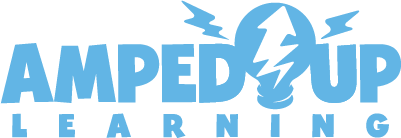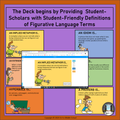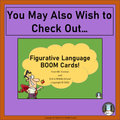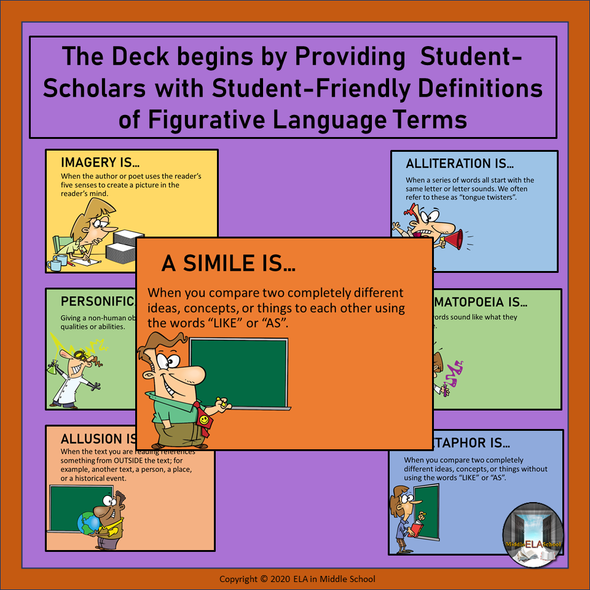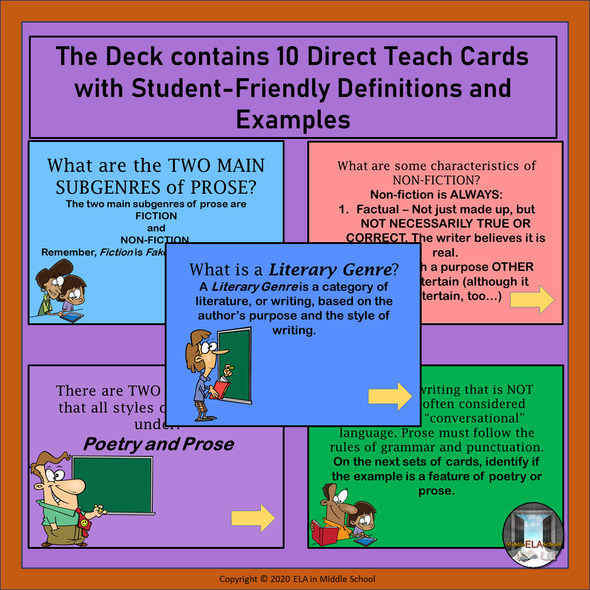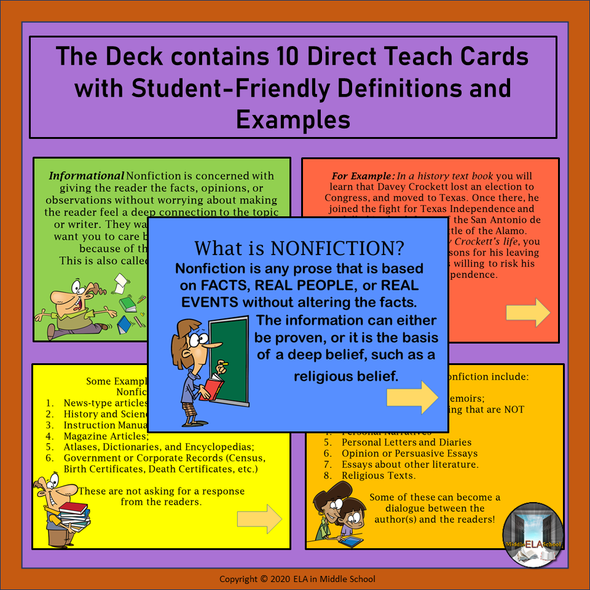Description
This Deck of Figurative Language BOOM! Cards from ELA in Middle School begins with 6 cards that provide your student-scholars with student friendly definitions for 6 types of figurative language. Card 7 gives student-scholars instructions for the remainder of the Deck. The other 18 cards provide examples for student-scholars to practice identifying the various types.
Check out the free Preview of the BOOM! Cards
The Figurative Language types covered are:
Implied Metaphor; Extended Metaphor; Hyperbole; Idiom; Pun; and, Proverb.
We would greatly value your feedback! Please let us know how this (and other products you may have gotten from us) worked for you and your scholars/students! Is there any way you feel it could be improved? Email us at elainmiddleschool@gmail.com, and please leave feedback for other teachers to read! In addition, you can follow our blog, Wandering the Halls of Academia, or on Facebook at https://www.facebook.com/elainmiddleschool/?ref=bookmarks.
ELA in Middle School proudly uses Ron Lieshman’s Digital Toonage “Teachers” and “School Kids” sets in this deck of Boom! Cards.
You may also like:
Grammar Review with Color by Numbers Nouns and Verbs!
A Bundle of Grammar Fun with Crosswords (and Doodles!)!
Dominoes! Reviewing Parts of Speech - Noun Functions
*************************************************************************************
LICENSING TERMS: By purchasing this product, you own a license for one teacher only for personal use in your classroom. Licenses are non-transferable, meaning they cannot be passed from one teacher to another. No part of this resource is to be shared with colleagues or used by an entire grade level, school, or district without purchasing the proper number of licenses.
COPYRIGHT TERMS: ©ELA in Middle School. Please note – all material included in this resource belongs to ELA in Middle School. By purchasing, you have a license to use the material, but you do not own the material. This resource, or any portion of this resource, may not be uploaded to the internet in any form, including classroom/personal websites or network drives, unless the site is password protected and can only be accessed by students—no other teachers or anyone else on the internet.
